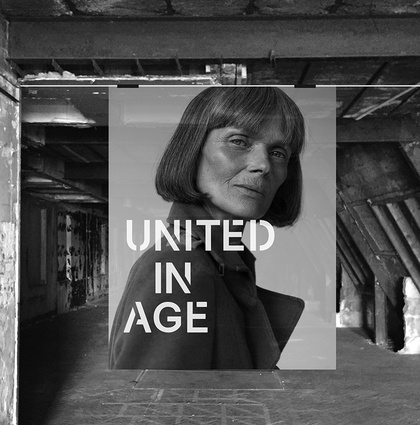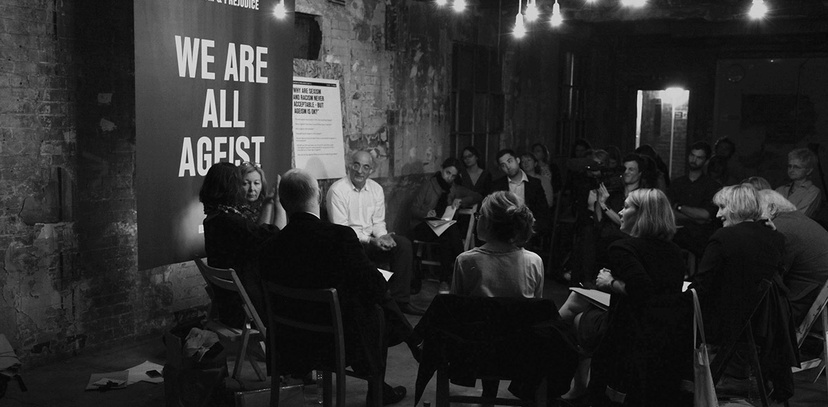

We are told with regularity that an ageing population will present the UK and many other western countries with a series of challenges – whether related to pressure on health and social care services, a perceived decline in economic activity or a dysfunctional society spawned by age segregation. However, relatively little is said about the opportunities and positives presented by a population that is living longer.
This was the theme of a four-day festival hosted in September 2016 by The Age of No Retirement called ‘Age Does Not Matter’ at the OXO Bargehouse on London’s South Bank.
As part of the festival, Social Life was asked to participate in a Design Lab focusing on developing tools that create ‘neighbourhoods for life’ – ‘age neutral’ neighbourhoods, with housing founded on universal design and drawing on residents’ ideas, skills and assets as well as supporting new needs and wants. Other participants in this Design Lab included representatives from ageing-related think tanks, housing associations, housing developers, architects, local authorities and third sector organisations.
Two of the bodies represented, Legal & General (L&G) and the Intergenerational Foundation (IF), recently collaborated to produce the report “Generations Apart? The Growth of Age Segregation in England and Wales” (2016), which highlighted how, in terms of neighbourhoods and places, older and younger generations are increasingly living apart – with significantly older profiles in rural and suburban areas and younger profiles in the centre of cities. The report highlighted the negative impacts of this in economic costs (e.g. higher unemployment as age segregation reduces people’s opportunities to find work); social costs (undermining of trust and the opportunity to share experiences between young and old); care costs (with area segregation making it harder for young and old to look after each other as well as concentrated geographical strains on the NHS and social care); and political costs (it makes it harder for younger and older generations to see eye to eye). Added to this is the missed opportunity of collaboration between younger and older generations to help to solve each other’s problems, by sharing often distinct and complementary resources.
We know that over the next 20 years the over 60s population will grow by 40%. Vastly improved life expectancy, one of the great triumphs of the last century, looks set to be one of great challenges of this century. These demographic trends require us all to think about the future in a radically different way. In terms of places and neighbourhoods, an active older population could be key to reviving high streets and building strong communities.
In our Design Lab, we looked at what ‘inter-generational living’ might look like: could there be new forms of communal living, which reduce isolation but also respect the need for privacy? How can extended families remain in the same neighbourhoods to support each other (financially, socially and through childcare and social care)? How can new forms of live-work economic practices be supported? How local community-anchoring hubs like schools can play a role in supporting intergenerational work and leisure, and how can new tech enable us to share and connect capacity, resources and interests across different parts of the community.
Photos from the ‘Age Does Not Matter’-festival. Photographs by Natalia Evelyn Bencicova, source: Creative Review
